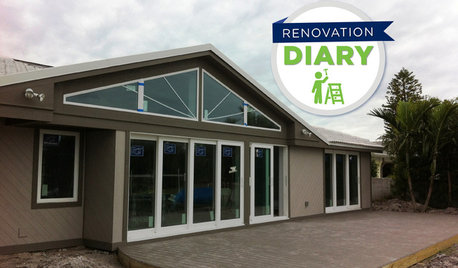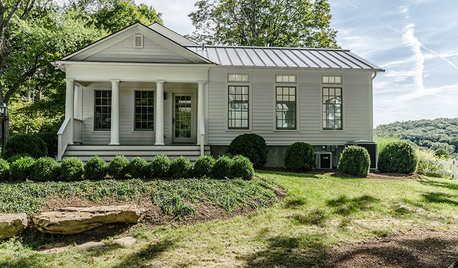Renovating drip system-a question for those with experience
bart bart
26 days ago
Featured Answer
Sort by:Oldest
Comments (12)
Related Professionals
Lowell Landscape Architects & Landscape Designers · Bell Gardens Landscape Contractors · Little Ferry Landscape Contractors · River Ridge Landscape Contractors · Selma Landscape Contractors · Cary Landscape Architects & Landscape Designers · Desert Hot Springs Landscape Contractors · Winter Gardens Landscape Contractors · Castle Rock Siding & Exteriors · Ballenger Creek Landscape Architects & Landscape Designers · Rossville Landscape Architects & Landscape Designers · East Patchogue Landscape Architects & Landscape Designers · Wakefield Landscape Contractors · Huntington Landscape Contractors · Lees Summit Landscape Contractorsbart bart
25 days agonoseometer...(7A, SZ10, Albuquerque)
25 days agolast modified: 25 days agobart bart thanked noseometer...(7A, SZ10, Albuquerque)bart bart
23 days agobart bart
20 days agobart bart
18 days ago
Related Stories

GARDENING GUIDESHow to Install a Drip Irrigation System
Save time and water with a drip watering system in your vegetable garden — a little patience now will pay off later
Full Story
REMODELING GUIDESSurvive Your Home Remodel: 11 Must-Ask Questions
Plan ahead to keep minor hassles from turning into major headaches during an extensive renovation
Full Story
REMODELING GUIDESPlan Your Home Remodel: The Interior Renovation Phase
Renovation Diary, Part 4: Peek in as the team opens a '70s ranch home to a water view, experiments with paint and chooses tile
Full Story
MY HOUZZMy Houzz: Portland Home Renovation Worth the 15-Year Wait
Open spaces, natural light and valley views take center stage in this couple’s modern refresh
Full Story
GREAT HOME PROJECTSHow to Add a Radiant Heat System
Enjoy comfy, consistent temperatures and maybe even energy savings with hydronic heating and cooling
Full Story
DOORS5 Questions to Ask Before Installing a Barn Door
Find out whether that barn door you love is the right solution for your space
Full Story
KITCHEN DESIGN9 Questions to Ask Before You Plan Your New Kitchen
To get your dream kitchen, start with a strong mission and wish list, and consider where you’re willing to compromise
Full Story
HOUZZ TOURSHouzz Tour: A Revolutionary Renovation in Connecticut
A 200-year-old farmhouse retains elements of its past, like reclaimed wood, yet feels decidedly modern. Yoga, anyone?
Full Story
REMODELING GUIDES10 Things to Do for a Smooth Renovation
A designer (and serial renovator) shares tips learned from years of working with clients and remodeling her own home
Full Story
HOUZZ PRODUCT NEWSMany Homeowners Plan to Stay Put and Renovate Rather Than Sell
Plus, living spaces are expanding and pro hiring has increased, according to the 2023 U.S. Houzz & Home Study
Full Story







ValRose PNW Wa 8a